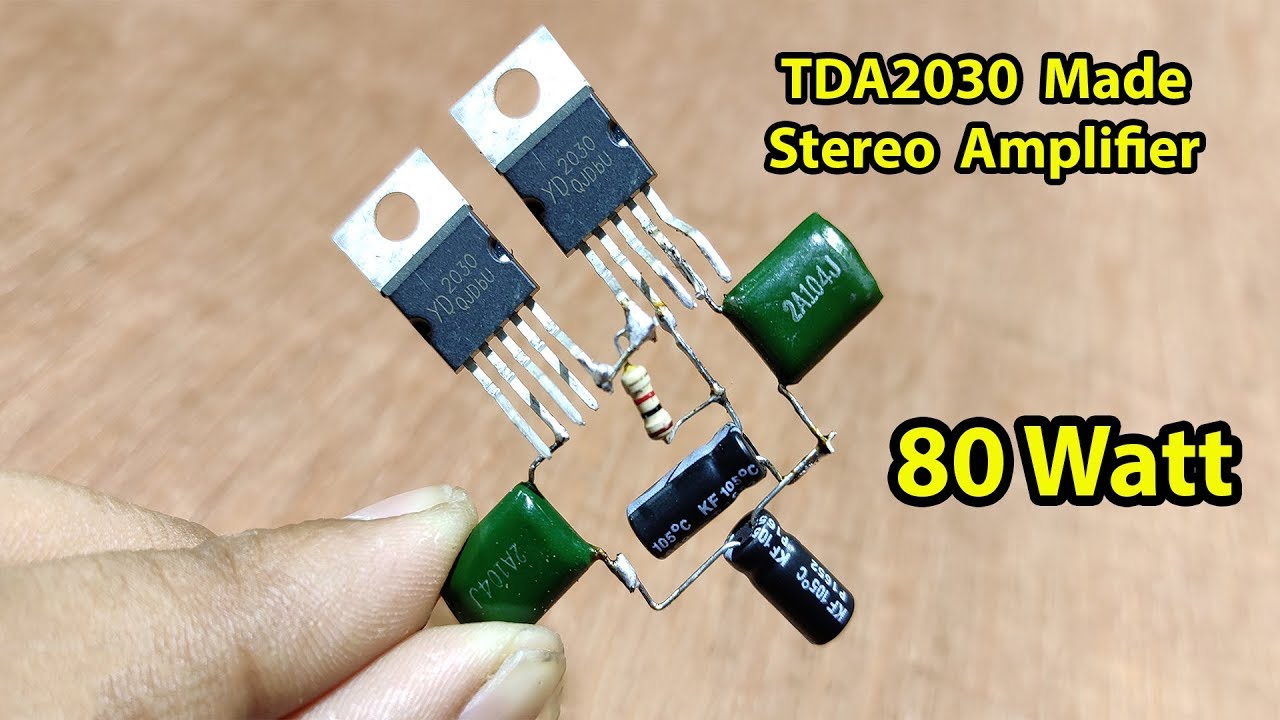
How to Use a TDA2030 Amplifier IC
The TDA2030 is a widely used and popular integrated circuit (IC) for audio amplifier applications. It is known for its high output power, low harmonic and crossover distortion, and low noise. In this article, we will discuss how to use a TDA2030 amplifier IC effectively to get the best audio performance.
Overview of the TDA2030 IC
The TDA2030 is a monolithic audio power amplifier integrated circuit. It comes in a Pentawatt package and has a wide supply voltage range from 6V to 22V. The TDA2030 can deliver up to 14W of output power into an 8Ω load with a 0.5% distortion level. It also has a very low harmonic and crossover distortion, making it an ideal choice for audio amplifier applications.
Pinout of the TDA2030 IC
The TDA2030 IC has five pins, each serving a specific function:
- PIN 1: Non-inverting input (+)
- PIN 2: Inverting input (-)
- PIN 3: Negative power supply (-Vcc)
- PIN 4: Positive power supply (+Vcc)
- PIN 5: Output
It is essential to connect the pins correctly to ensure proper functionality of the amplifier circuit.
Typical Application Circuit
To use the TDA2030 IC as an audio amplifier, you can follow the typical application circuit below:

In this circuit, PIN 1 is connected to the input source, PIN 2 is connected to the feedback network, PIN 3 is connected to the negative power supply, PIN 4 is connected to the positive power supply, and PIN 5 is connected to the output load. Proper decoupling capacitors and heat sinks should be used to ensure stable operation and prevent overheating of the IC.
Power Supply Considerations
The TDA2030 IC requires a dual power supply with voltages ranging from 6V to 22V. It is essential to provide clean and stable power to the IC to prevent distortion and noise in the audio output. A well-regulated power supply with proper decoupling capacitors is recommended for optimal performance.
Output Power and Load Considerations
The TDA2030 IC can deliver up to 14W of output power into an 8Ω load with a 0.5% distortion level. It is important to match the load impedance with the amplifier’s output impedance to ensure maximum power transfer and efficiency. Using the correct output load and biasing the IC properly can help achieve the desired audio performance.
Conclusion
The TDA2030 amplifier IC is a versatile and reliable component for audio amplifier applications. By following the recommended guidelines and circuits, you can effectively use the TDA2030 IC to achieve high-quality audio output. Remember to pay attention to power supply considerations, pin connections, output power, and load matching to get the best performance out of the TDA2030 amplifier IC.
Was this helpful?
0 / 0